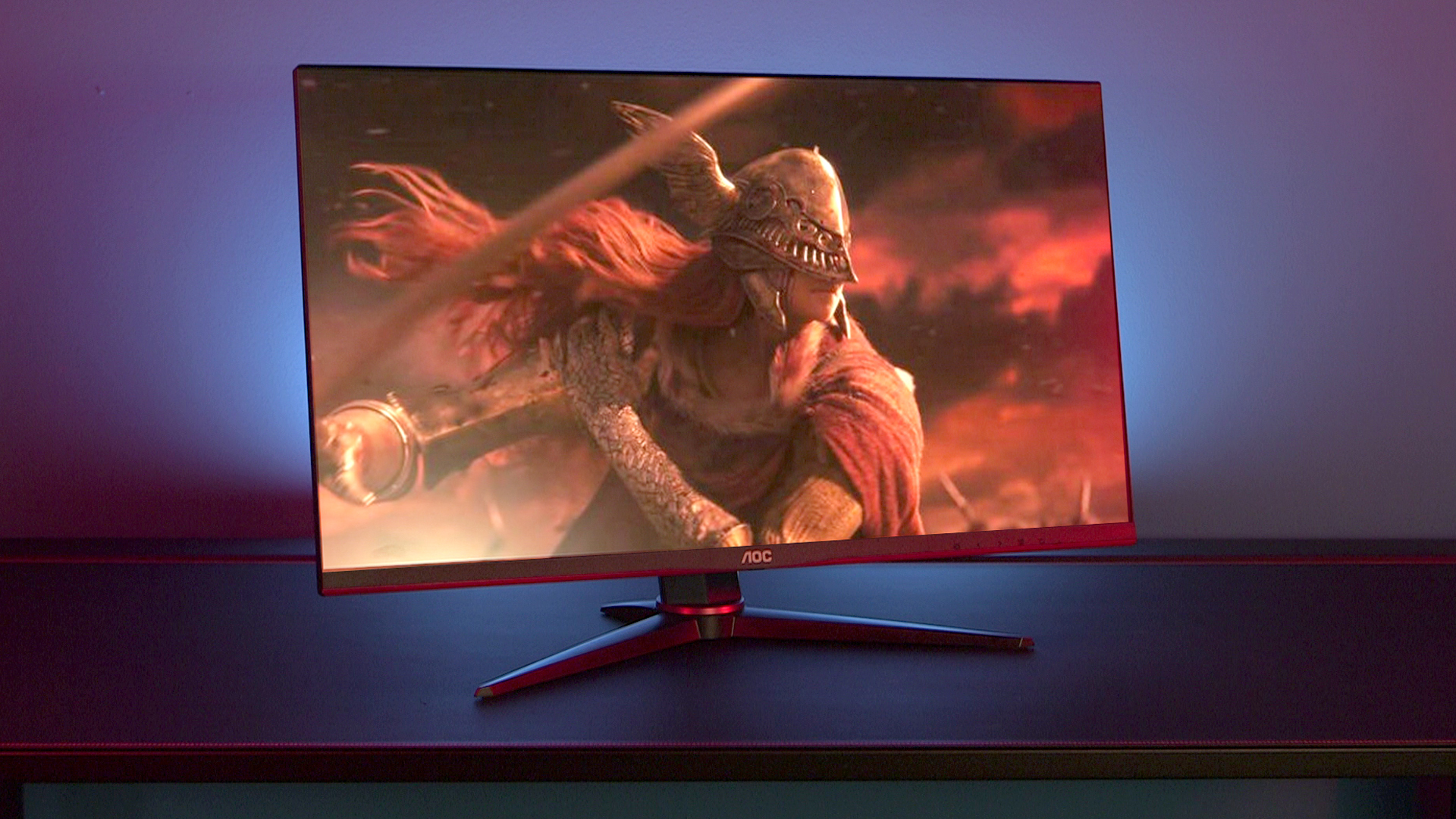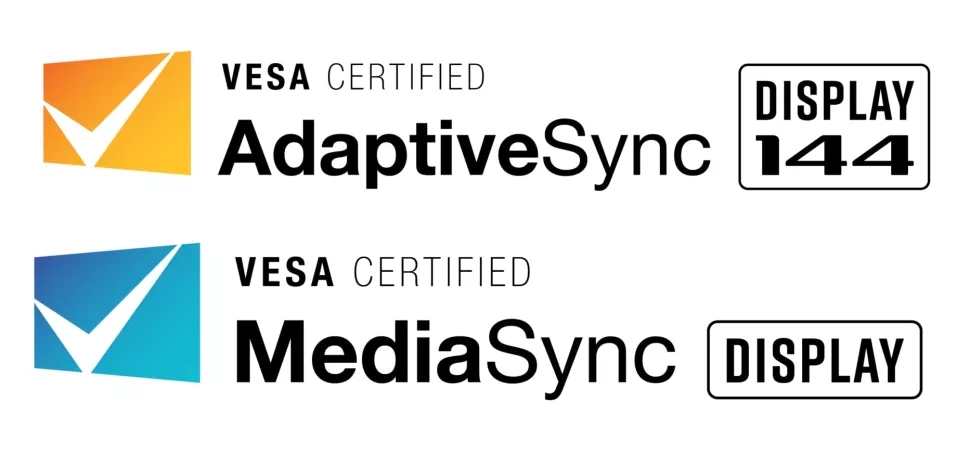VESA to release an adaptive sync compliance program for monitors
No need for G-Sync or FreeSync certification anymore?

When you're looking to buy a gaming monitor, you'll come across models that support Nvidia's G-Sync or AMD's FreeSync adaptive sync technology, both of which aim to reduce or eliminate screen tearing and artifacting that occurs when the GPU's frames per second output and monitor refresh rate aren't aligned. Multiple standards can get a bit confusing on top of all the other specifications and acronym overloads that can happen when looking at gaming monitors.
The Video Electronics Standard Association (VESA) (via Tom's Hardware) has developed a new Adaptive-Sync Display compliance program (Adaptive-Sync Display Compliance Test Specification) for desktop and laptop monitors. Its aim is to provide transparency for monitor buyers, and make purchasing decision easier.
VESA will introduce two certification tiers, they are: MediaSync Display and Adaptive-Sync Display. A MediaSync Display is "designed for jitter-free media playback supporting all international broadcast video formats." While an AdaptiveSync Display "guarantees higher refresh rates and low latency, optimized for gaming, plus a lab-certified max refresh rate so you know your display’s full potential."
The list of criteria to achieve certification is comprehensive. VESA requires a monitor to meet or pass 50 different tests and benchmarks. These include refresh rate, flicker, gray-to-gray response time, video frame drop, and video frame rate jitter.

Best gaming monitor: Pixel-perfect panels for your PC
Best high refresh rate monitor: Screaming quick screens
Best 4K monitor for gaming: When only high-res will do
Best 4K TV for gaming: Big-screen 4K PC gaming
To achieve AdaptiveSync Display certification, the minimum Adaptive-Sync refresh rate is 60 Hz, while the maximum rating is 144 Hz. These are just the minimums. Of course, monitors with higher refresh rates will still be certified.
Achieving MediaSync certification requires an Adaptive-Sync range of 48 Hz to at least 60 Hz. But it's not all about refresh rate. Media playback has its own challenges, particularly 3:2 pulldown and jitter, which comes as a result of various broadcasting and film frame rates on an an unoptimized display. A monitor that's MediaSync certified has to be able to display 10 of the most popular frame rate standards while meeting all of the minimum requirements.

The list of VESA AdaptiveSync CTS partners is comprehensive, and includes AMD, Nvidia and Intel. These three companies are the ones that provide the all-important gaming graphics solutions. So it's possible that G-Sync and FreeSync certification will become a thing of the past. This will definitely benefit consumers. An open and widely supported standard means less confusion and better peace of mind.
Keep up to date with the most important stories and the best deals, as picked by the PC Gamer team.
For now, there are only two monitors that compliant with the new specification: the LG UltraGear 27GP950 and 27GP850. As the program is brand new, obviously there will be more monitors supporting the new specification in the future.

Chris' gaming experiences go back to the mid-nineties when he conned his parents into buying an 'educational PC' that was conveniently overpowered to play Doom and Tie Fighter. He developed a love of extreme overclocking that destroyed his savings despite the cheaper hardware on offer via his job at a PC store. To afford more LN2 he began moonlighting as a reviewer for VR-Zone before jumping the fence to work for MSI Australia. Since then, he's gone back to journalism, enthusiastically reviewing the latest and greatest components for PC & Tech Authority, PC Powerplay and currently Australian Personal Computer magazine and PC Gamer. Chris still puts far too many hours into Borderlands 3, always striving to become a more efficient killer.

